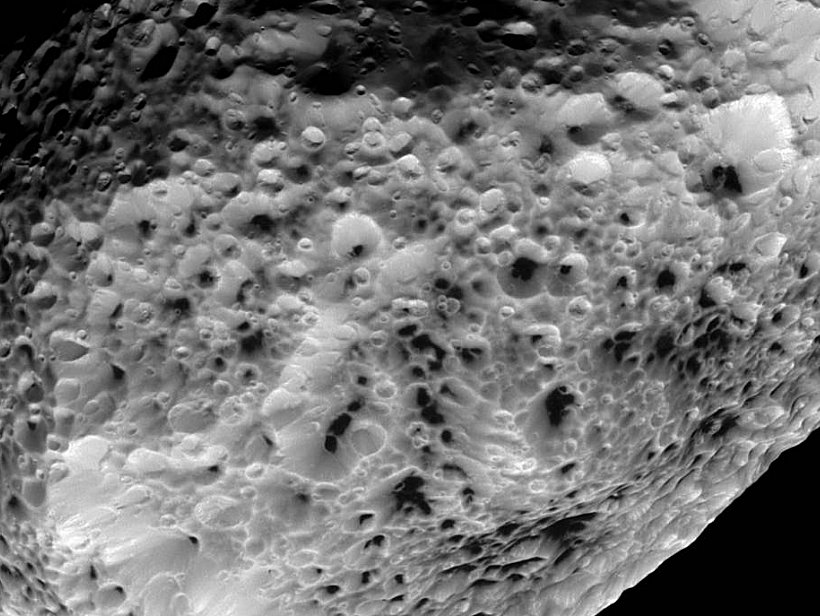Hyperion ‘Cosmic Hamburger’: Strange Moon Of Saturn With Even Stranger Craters
Eddie Gonzales Jr. – MessageToEagle.com – It is not known what lies at the bottom of Hyperion’s strange and extremely deep craters.
 Hyperion. Image credit: NASA/JPL/Space Science Institute
Hyperion. Image credit: NASA/JPL/Space Science Institute
Hyperion, one of 62 Saturn moons discovered and named so far, is, by all means, one of the strangest satellites in our solar system. It is definitely irregular in shape and it has been usually likened to a cosmic hamburger (or characterized as a potato-shaped celestial object).
Heavily Cratered And Odd Surface Of Hyperion
We wouldn’t know much about Hyperion but in 2005 and 2010, Cassini spacecraft took images of the very odd surface of Hyperion and its even stranger craters.
View of Saturn’s moon Hyperion, taken during a close flyby on May 31, 2015. Credits: NASA/JPL-Caltech/Space Science Institute
Hyperion (the largest of Saturn’s irregular moons), significantly differs from the spherical ones celestial objects and is very heavily cratered, indicating an ancient surface.
Most craters are filled with an unknown dark material, which might be only tens of meters thick in some places. The largest crater on Hyperion is 121.57 km in diameter and 10.2 km deep. The latest data indicate that 40 percent of the moon’s interior is empty space, which is why it is so light (Hyperion density is about 0.6 g / cm³).
See also:
Miranda: Probably The Strangest Of Uranus’ Moons
Asteroids Have Days And Nights But The Yarkovsky Effect Is Dangerous
What Is The Color Of The Sky On An Exoplanet?
Great Attractor: Mysterious Gravitational Anomaly Beyond Hydra-Centaurus Supercluster
This mostly unique Saturnian moon is porous and icy, with a bizarre, sponge-like appearance. It has a hostile space environment and its surface is continuously tortured by ultraviolet light from the sun and exposed to a rain of charged particles (electrons and ions).
Clearly, Hyperion undergoes strong interactions with the Saturnian magnetosphere, which undoubtedly strongly influence the surfaces of other inner icy moons of Saturn, too.
 Strange heavily cratered surface of the Saturn’s satellite – Hyperion. Image via Seeker.
Strange heavily cratered surface of the Saturn’s satellite – Hyperion. Image via Seeker.
This irregularly-shaped moon is about 350 km by 200 km across and orbits Saturn at a distance of 1,481,100 km with a period of 21.28 days.
Hyperion’s Curious Rotation And Influence Of Titan’s Gravity
Another characteristic feature of Hyperion is that it rotates in an extremely unpredictable and chaotic way. It rotates roughly every 13 days during its 21-day orbit. Unlike other moons in the solar system, which rotate synchronously with movement around the planet and around fixed axes, Hyperion “flips”, constantly, suddenly changing the axis of rotation (influence of Titan’s gravity).
A very low density (somewhat more than half that of water) and high porosity, may suggest the presence of a vast system of caverns inside the moon.
Is Any Life In Deep Caverns of Hyperion?
NASA’s Cassini revealed the presence of hydrocarbons (carbon and hydrogen atoms) on Hyperion but this does not mean that life has been found on Hyperion.
It would be difficult to imagine the existence of life as we know it, in Hyperion’s environment with the average temperature of approximately -300 degrees Fahrenheit (-180 degrees Celsius), unless, some kind of life is concentrated in deep caverns of this sponge-like moon.
Written by Eddie Gonzales Jr. – MessageToEagle.com Staff
Copyright © MessageToEagle.com All rights reserved. This material may not be published, broadcast, rewritten or redistributed in whole or part without the express written permission of MessageToEagle.com
Expand for referencesRelated Posts
-
 Dyson Spheres And Powerful Alien Worlds – Let’s Make Science Fiction A Reality!
No Comments | Oct 3, 2012
Dyson Spheres And Powerful Alien Worlds – Let’s Make Science Fiction A Reality!
No Comments | Oct 3, 2012 -
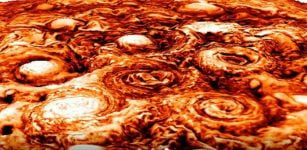 Data Collected By NASA’s Juno Shows That Jupiter’s Jet-Streams Are Unearthly
No Comments | Mar 10, 2018
Data Collected By NASA’s Juno Shows That Jupiter’s Jet-Streams Are Unearthly
No Comments | Mar 10, 2018 -
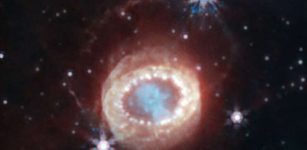 ‘String of Pearls’ And Supernova 1987A – One Of The Brightest Exploding Stars In More Than 400 Years
No Comments | Mar 15, 2024
‘String of Pearls’ And Supernova 1987A – One Of The Brightest Exploding Stars In More Than 400 Years
No Comments | Mar 15, 2024 -
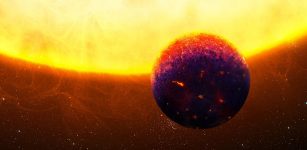 A New, Exotic Class Of Planets Outside Our Solar System – Discovered
No Comments | Dec 20, 2018
A New, Exotic Class Of Planets Outside Our Solar System – Discovered
No Comments | Dec 20, 2018 -
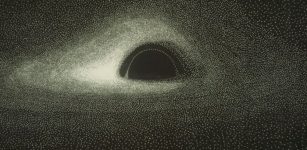 Expansion Of The Universe Directly Impacts Black Hole Growth – New Study
No Comments | Nov 4, 2021
Expansion Of The Universe Directly Impacts Black Hole Growth – New Study
No Comments | Nov 4, 2021 -
 Hopi Ancestors Witnessed Flying Shields In The Skies Over Palitkwapi – The ‘Red City’
No Comments | Apr 8, 2017
Hopi Ancestors Witnessed Flying Shields In The Skies Over Palitkwapi – The ‘Red City’
No Comments | Apr 8, 2017 -
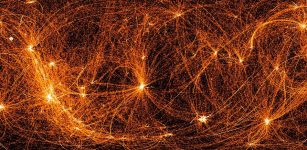 Stunning X-Rays View Of The Night Sky Delivered By NICER Is Like A Piece Of Art
No Comments | Jun 2, 2019
Stunning X-Rays View Of The Night Sky Delivered By NICER Is Like A Piece Of Art
No Comments | Jun 2, 2019 -
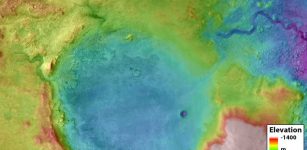 Martian Paleolakes Are Breached And Drained By Outlet Canyons
No Comments | Nov 19, 2018
Martian Paleolakes Are Breached And Drained By Outlet Canyons
No Comments | Nov 19, 2018 -
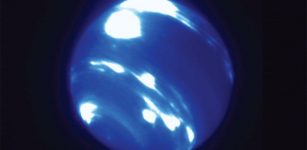 Spectacular Never-Before Extremely Large Bright Storm Seen On Neptune
No Comments | Aug 4, 2017
Spectacular Never-Before Extremely Large Bright Storm Seen On Neptune
No Comments | Aug 4, 2017 -
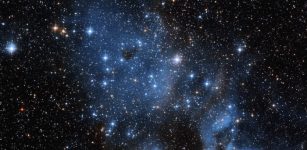 Image: Hubble Spies Emission Nebula-Star Cluster Duo
No Comments | Dec 6, 2022
Image: Hubble Spies Emission Nebula-Star Cluster Duo
No Comments | Dec 6, 2022

